READY TO GET STARTED?
REQUEST A FREE ESTIMATE
Fill out the form below or call (336) 226-1448 for a free, no-obligation estimate.
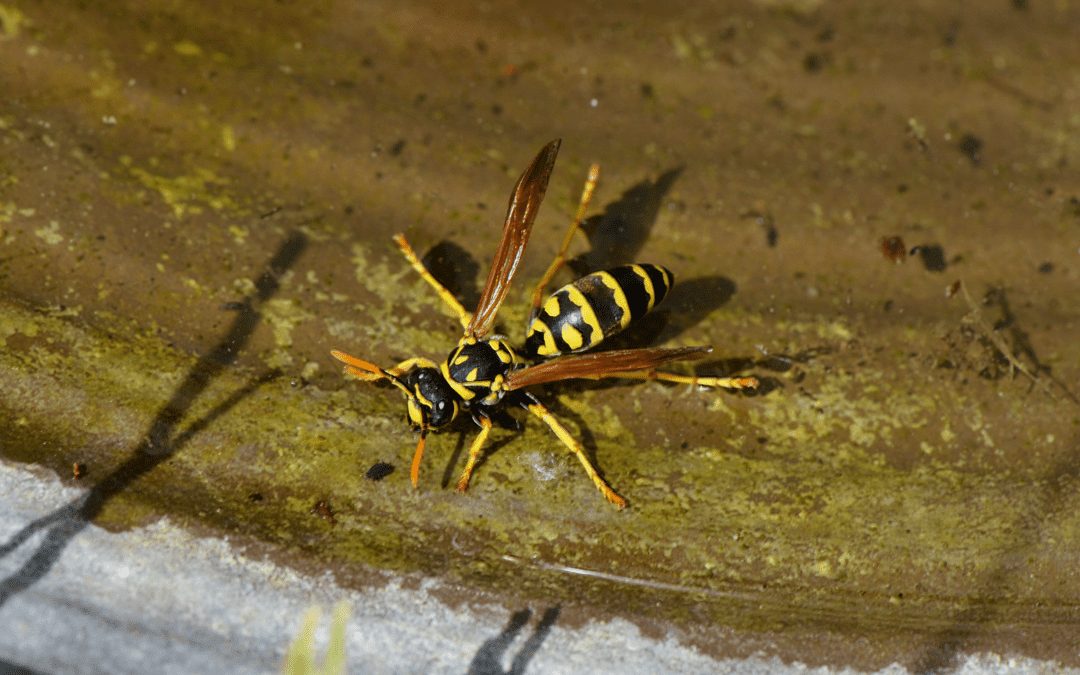
Are stinging pests interfering with your summer barbecues? Stinging pests are most active in the summer and can impact your family’s fun. Check out these common stinging pests and the best way to avoid them!
These pests are a bit larger than most stinging pests and can range from 3/4” to 1-3/8” long, with brown and yellow abdominal stripes on their body. Their nests are often built in hollow trees and the walls of houses and attics, although they prefer a forested environment. Hornets are attracted to light and can fly to your windows at night if they see a light on. They are relatively non-aggressive near the nest, but there is potential for a stinging hazard if threatened.
Wasps are busy at work scavenging for food during the summer months. They typically build their nests in branches, porch ceilings, eaves, and attic rafters. You will find these pests highly attracted to backyard barbecues, increasing your chances of being stung. Wasps will sting multiple times if they feel threatened enough. They can also call in reinforcements from other wasps by emitting pheromones.
These social insects are anywhere humans are found. They measure 3/8” to 5/8” long and have a non-fuzzy black and yellow body. Yellowjackets feed on sweets and proteins; therefore, they commonly invade outdoor events. They can build their nests in either high places or in the ground. Examples include shrubs, garages, timber, logs, and more. If threatened, yellowjackets will sting multiple times, causing extreme pain and possible allergic reactions.
If you encounter these stinging pests, don’t swat them away. This action can provoke an attack. The best thing to do is to remain calm and they should fly away. If you suspect a stinging pest problem near your property, contact your local pest control company for a treatment and prevention plan.
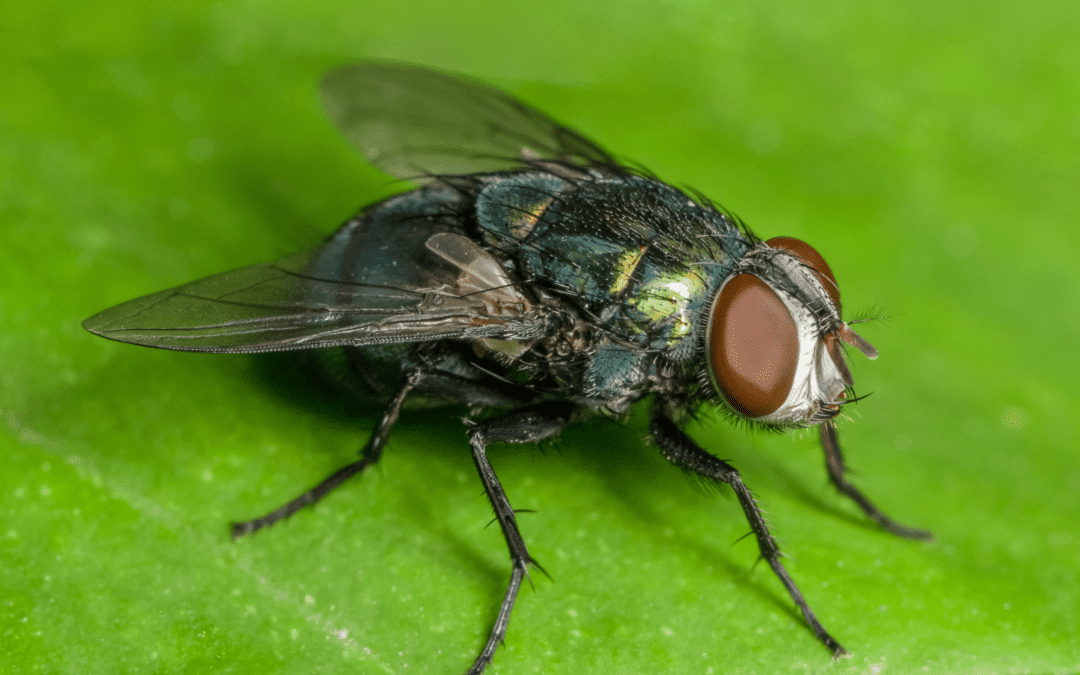
Household pests are any undesired animal that has a history of living, invading, causing damage to, eating food from, acting as a disease vector for, or causing any other harm to a human habitat. While many are just considered a nuisance, some household pests can become dangerous as they pose a risk to health, property, and lifestyle. Also, household pests aren’t just limited to insects. They include arachnids, rodents, and wildlife.
While household pests can be found year-round, some are more common in the summer months. Here are four of the most common summer pests and how you can prevent them.
Mosquito season peaks during the summer months. Mosquitoes are able to reproduce in large numbers due to the warm weather and humid environments that accelerate their life cycle. If you have standing water on your property, you will most likely see mosquitoes since this is where they lay their eggs. Mosquitoes can be dangerous to humans as they carry pathogens that can cause serious diseases such as Zika and West Nile virus.
Mosquitoes can be prevented by:
Ants hibernate in the winter and come out in full force during the summer. Ants are usually seen indoors during the summer because they’re searching for food and water as these can become scarce for them. They are also building up their reserves for the fall and winter months.
Ants can be prevented by:
Termite swarming season is in the spring, but these newly established colonies grow exponentially in the summer. Termites can go long periods of time undetected. This allows them to cause significant damage to your home. It’s important to keep an eye out for signs of termites so you’re able to catch them early.
Termites can be prevented by:
Flies invade your home in the summer months to escape the heat. While they only reproduce during the hotter months, getting indoors allows them to do so even more prolifically.
Flies can be prevented by:
Don’t let these common pests ruin your summer. If you have a problem with any of these pests, contact your local pest control company. They will be able to help eliminate them safely and prevent them going forward.
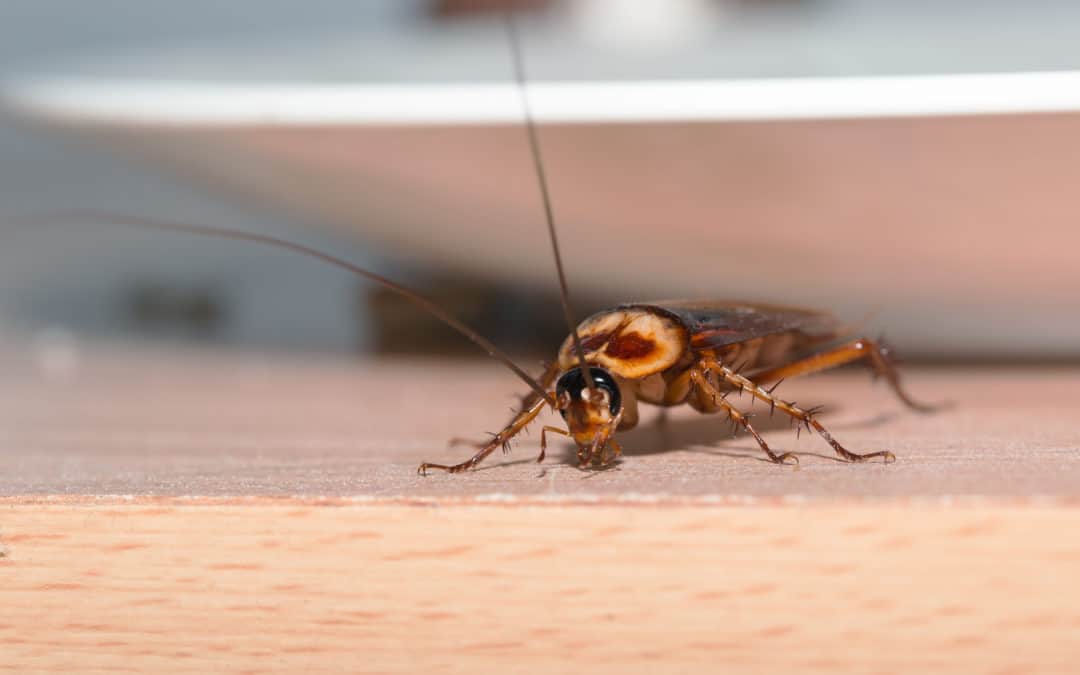
Cockroaches are attracted to food, water, and warm shelter, all of which can be found in your home. They can multiply quickly and adapt to just about any environment, which makes them extremely difficult to get rid of. Cockroaches are dangerous to humans as they’re known to carry and transmit serious diseases, trigger allergies and asthma, and contaminate food and surfaces in your home. In order to keep roaches out of your home, the goal is to make it as unattractive to them as possible. Below are 3 tips to help prevent roaches.
Roaches are attracted to dirt and filth because they provide a source of food for them. Keeping your home clean helps eliminate these food sources by making them go elsewhere in search of something to eat. Wash your dishes and put them away after meals, clean up any crumbs and spills, empty the garbage before going to bed, clean grease from your stovetop, and sweep, mop, and vacuum on a regular basis. Also, make sure you seal any leftover food in containers and don’t leave pet food out overnight.
The less clutter in your home, the less places roaches have to hide. Besides that, cockroaches love to breed in newspaper and cardboard. Keep your home as clutter free as possible. Make sure you dust regularly and use plastic storage bins instead of cardboard boxes when possible.
Roaches are able to squeeze through the tiniest of holes. They tend to get in through cracks around windows, doors, roofs, foundations, in attics and crawlspaces, and through vents and holes used for electric and plumbing. Inspect your home for any possible entry points and seal them up. For smaller holes you can seal with caulk, and with larger holes you can seal with steel wool or foam.
If you are overwhelmed and can’t get roaches away from your home, call your local pest control company. They can provide you with a thorough inspection to help identify what type of pest you’re dealing with, the most likely points of entry they’re using, and the most up-to-date treatment and prevention options available.
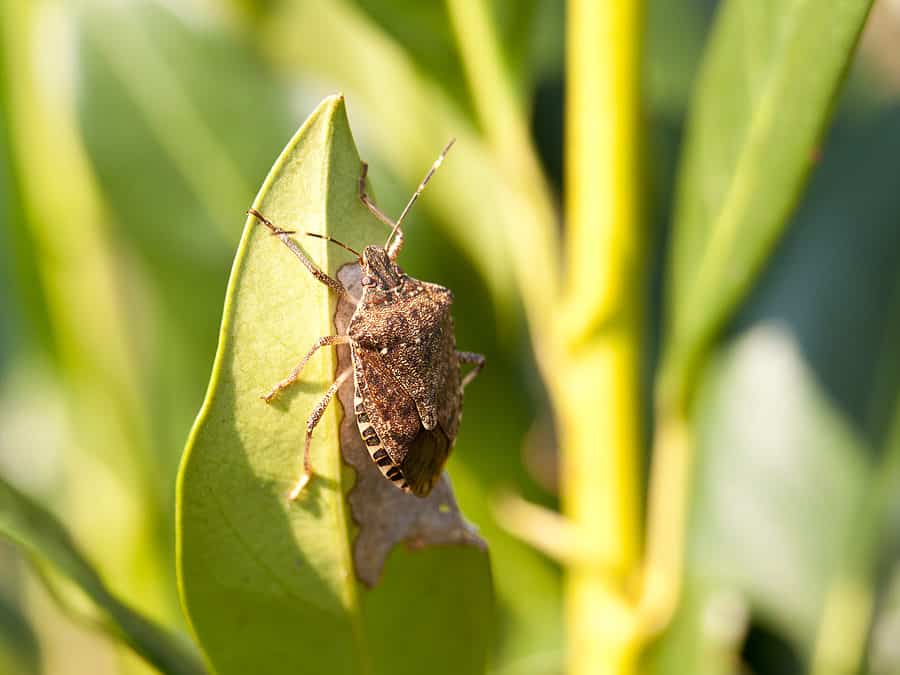
Stink bugs are harmless insects that release a powerful smell that can overwhelm the senses. They are usually brown and get up to 1.7 cm in length. While they are not poisonous and don’t pose any serious health threat to humans, stink bugs can be a smelly nuisance for homeowners. The smell is often compared to dirty socks, and if a stink bug feels threatened in your home, it may release that smell and make your home much less inviting.
These pests often enter homes and other structures during the winter in search of food, water, and shelter. Luckily, they don’t do much damage to homes and will not breed inside. They do, however, tend to invade homes in high numbers. Once they make it inside, they may become terrified, especially if you get near them. If this happens, it will cause them to release their stink into the air.
Below are a few of the best ways to prevent a stink bug invasion:
If you think you may have a stink bug problem, contact your local pest control company. They can help you identify any entry points they may be using and can help eliminate them.

With warm weather here, it’s the perfect time to do some spring cleaning. A great place to start is your kitchen pantry. Pantry pests tend to be less obvious than other common household pests. You might not see or notice them until there’s an infestation or when they leave the food source to fly into other areas of your home.
The good news is that pantry pests don’t cause any structural damage to your home and don’t pose much of a threat to people or pets. However, they can penetrate carboard and plastic, leaving your goods vulnerable to infestations. Once a good source is affected, the pests multiply rapidly and will most likely spread to other food items if not found and controlled immediately.
You will most likely notice pantry pests when they leave the food source and go to other areas of your home. You might see small beetle-like pests in cabinets or moths flying in the kitchen. If you suspect pantry pests, inspect your dried food immediately, throw out anything infested, and do a thorough cleaning of the entire area.
If you spot any pantry pests, it’s recommended to contact a pest control company so the pests can be properly identified. A pest professional will locate the pests, eliminate them, and provide suggestions on how to prevent a reoccurrence in the future.
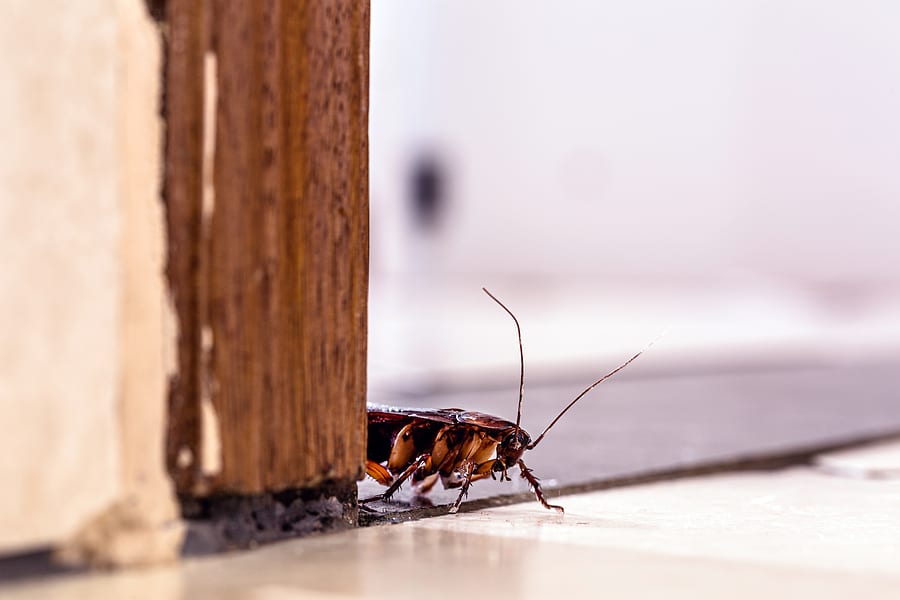
During the wintertime, many homeowners worry less about pests that are common during the spring and summer months. Contrary to popular belief, some pests don’t just die off when it’s cold outside. Instead, they use their survival instincts to get through the winter. Below is a list of 4 common winter pests and what you can do to prevent them when warmer weather arrives.
Ants
Seeing ants inside of your home is typically uncommon during the winter months. However, they are still around. They are great at overwintering and preparing for the cold. Ants prepare for the colder weather in the fall where they indulge in lots of food. This preparation helps them put on fat so they can survive without eating for weeks at a time. When winter finally arrives, their body temperature and activity will decrease. Then, they will seal up their colonies that they build deep in the soil or under rocks. This is where they will stay until springtime arrives.
Bed Bugs
Bed bugs are active all year-round. This means that they will invade your home whether it’s warm or cold outside. They are resilient pests and can survive temperatures from nearly freezing to 122 degrees Fahrenheit. This makes them an extremely difficult pest to get rid of. Common signs of bed bugs can include rusty, reddish-brown stains on bed sheets or mattresses, bites on exposed skin when sleeping, and eggs or egg casings.
After coming home from traveling, make sure you unpack your clothes and put them directly into your washing machine to clean. Always inspect your luggage for bed bugs and use a vacuum to clean it before storing it away.
Cockroaches
Most cockroaches can survive year-round if they have access to a warm and moist environment. Unfortunately, this means that your home is the perfect place for these pests to inhabit. German cockroaches are the one species that are known to survive harsh weather conditions. When the cold hits, they are great at sneaking indoors through small gaps and holes.
Cockroaches prefer to live in humid habitats such as kitchens, bathrooms, and basements. To ensure they don’t infest your home, make sure to clean up any spills or food crumbs, vacuum often, and use weather stripping to seal doorways.
To help prevent these overwintering pests from invading your home once spring and summer hit, consider contacting your local pest control company. A trained professional can provide you with an inspection, prevention, and treatment plan.